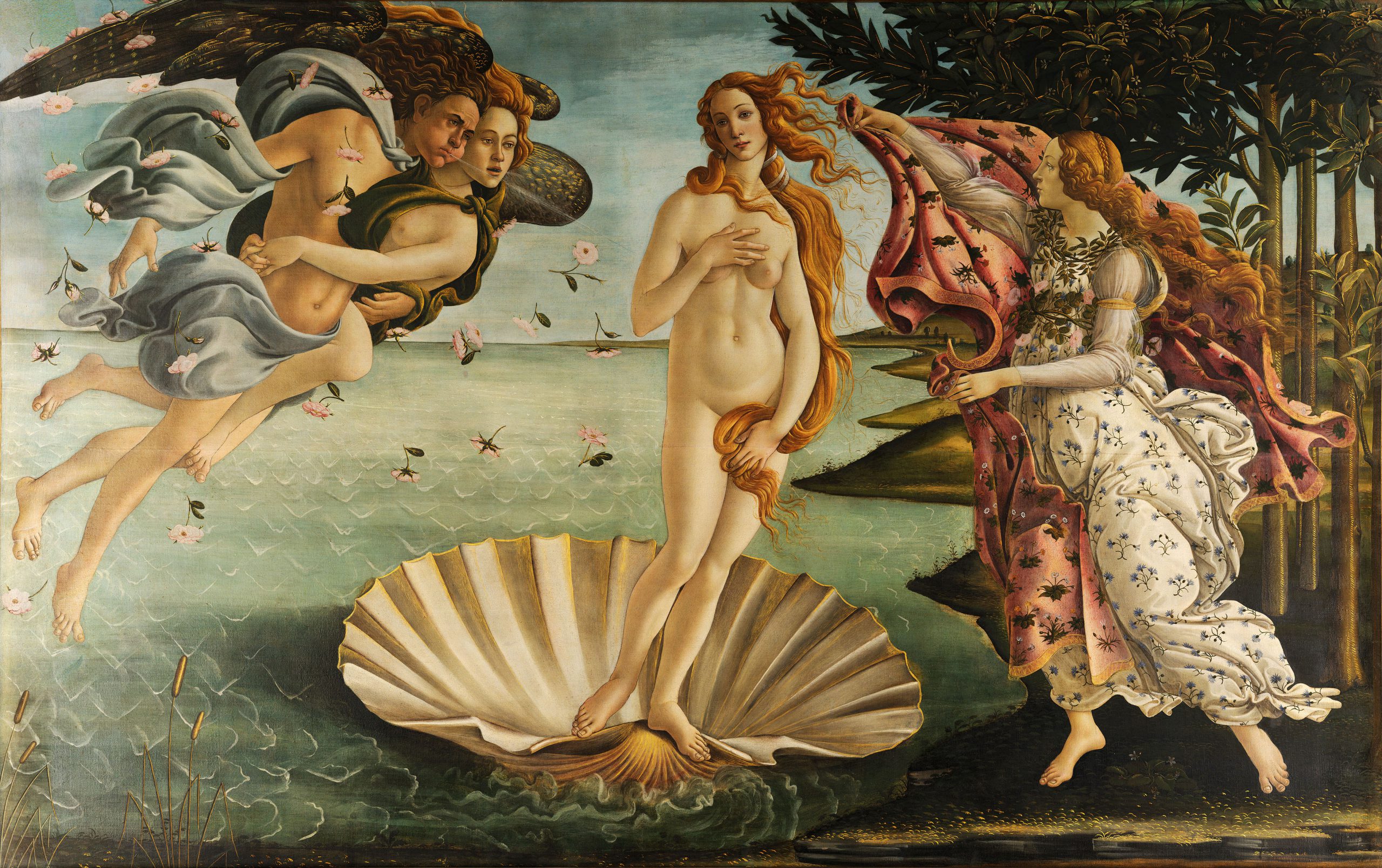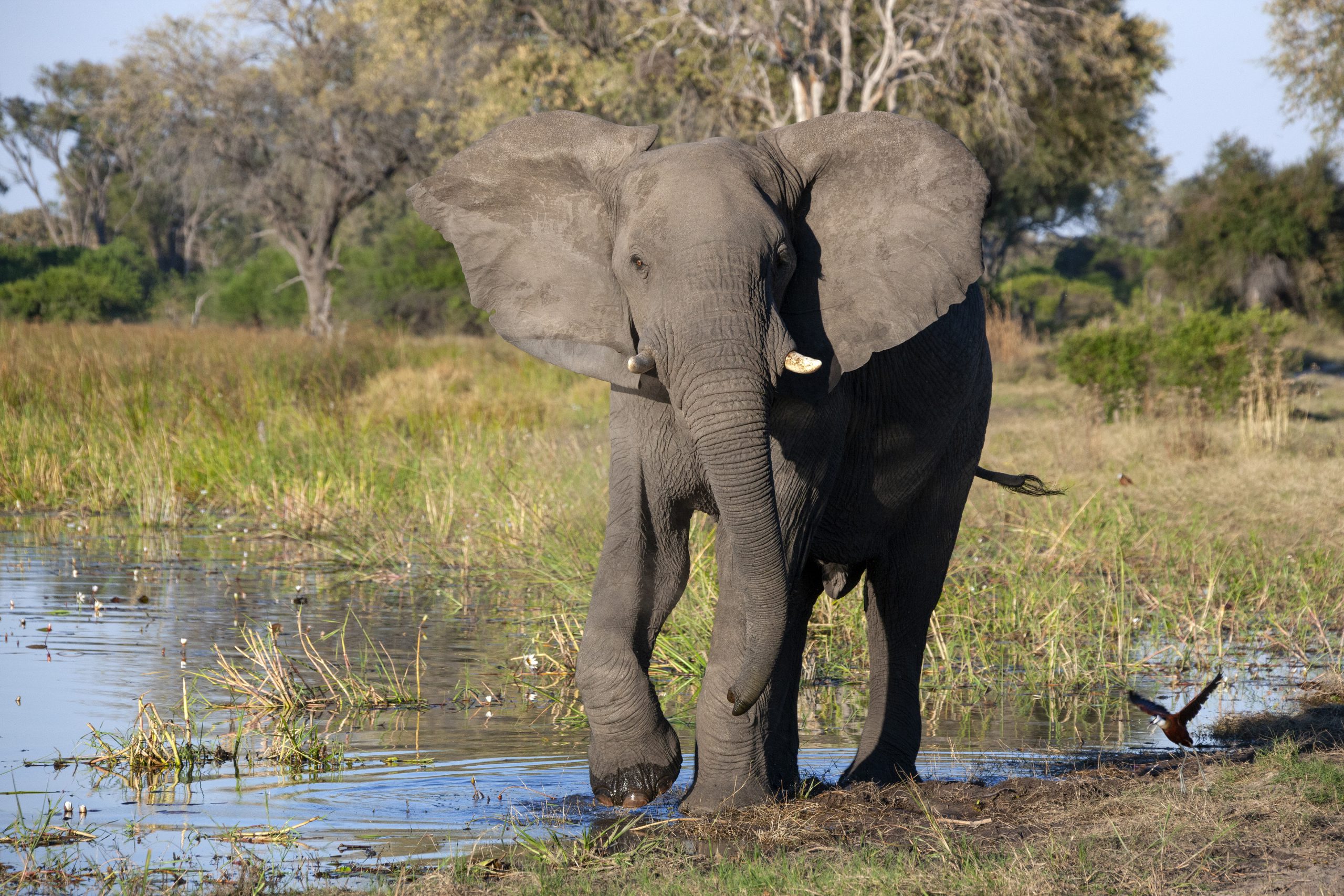
Leyla (Mala Emde) and Tristen (Jonas Dassler) are a couple in crisis. Leyla is dealing with depression and a disinterest in engaging with the world around her. Around others, she’s subdued and has since stopped working. The image of Leyla sinking below the surface as the light above her grows dim reappears throughout the film, like a reminder of the feelings she can’t describe. The marks on her arms are the scars of her previous battles with these feelings before. Her caring husband Tristen agrees to join her on a private island retreat at the suggestion of Leyla’s old friend, Stella (Edgar Selge). It’s a strange place with a stylistic sense of Scandinavian sparse-ness, spa aesthetics, and a deep appreciation for wood surfaces. The other couples seem almost giddy for what is about to happen. For this remote locale offers something rather unique: the chance to swap bodies with another couple.
Alex Schaad’s feature debut “Skin Deep” is a stripped-down sci-fi drama that takes its time to explore the social and romantic ramifications of its simple premise. Body swapping movies are generally about giving the protagonist(s) a different perspective, offering them the chance to grow in the process. In “Freaky Friday,” a mother and daughter swap bodies to show the challenges each of them face at that age. “Heaven Can Wait” gives an ex-football star a new lease on life with newfound appreciation. The anime “Your Name” perhaps gets closest to the concept of “Skin Deep” when two high school students who have never met begin to body swap and decide to act on their newfound connection by meeting each other in person. In “Skin Deep,” the process offers Leyla a chance to feel something different, and in essence, renew her sense of self and her relationship with Tristen—if only he can accept her new form.
Co-written by Schaad and his brother Dimitrij, “Skin Deep” takes a few cues from Yorgos Lanthimos’ “The Lobster,” but with a somber tone, really digging into the unintended consequences of the procedure. By the luck of the draw, Tristen and Leyla swap with another troubled couple, Fabienne (Maryam Zaree) and Mo (Dimitrij Schaad), who make Tristen so uncomfortable, he aborts the body swap before talking with Leyla, which devastates her. This in turn leads Leyla to swap with another man on the island while Tristen remains the same, bringing up other uncomfortable feelings and conversation. For Leyla, this is a form of liberation, for Tristen, it becomes the question of whether he still loves Leyla in any form she takes on. “Imagine how connected a couple must be if each one truly understands how the other one feels,” Leyla tells Tristen, both marveling at another couple’s connection and wishing it was hers as well.
I followed Schaad’s film and the highs and lows of Leyla’s quest to find her new self, but one detail felt less thoughtfully considered than the rest of the narrative. The man who offers to swap bodies with Leyla, Roman (Thomas Wodianka), is grieving the loss of his partner and agrees to help her so at least one of them can be happy. The new body reignites all the joys and passions within her that had laid dormant, but when it comes time to body swap and leave the island, Leyla doesn’t want to, bringing up ethical dilemmas of body swapping with someone who might not be ready for its effects or keeping another’s body without consent that’s never quite addressed. The issue is dealt with quickly, but it feels so rushed in comparison to everything before it.
Still, Schaad’s vision of body swapping therapy works on many fronts. The story is a timely one in light of greater awareness of fluid identities and how relationships can change depending on the people involved: do they embrace you regardless or do they reject you for it? Schaad’s camera moves quickly (if not always smoothly) between close-ups of his characters and shows just enough of the island to create the illusion of a futuristic yet rustic couple’s retreat with help from cinematographer Ahmed El Nagar and production designer Bartholomäus Martin Kleppek. The cast manages to pull off the stupendous feat of seamlessly switching between personalities, altering their body language in subtle ways to reflect the character currently residing behind their eyes. While intertext helps the audience keep track of who is in which corporeal form, it’s almost superfluous because the acting is on point. For a modest sci-fi with next-to-no special effects, it’s remarkable how far Schaad can take his story and his audience on this emotional journey with Leyla.




